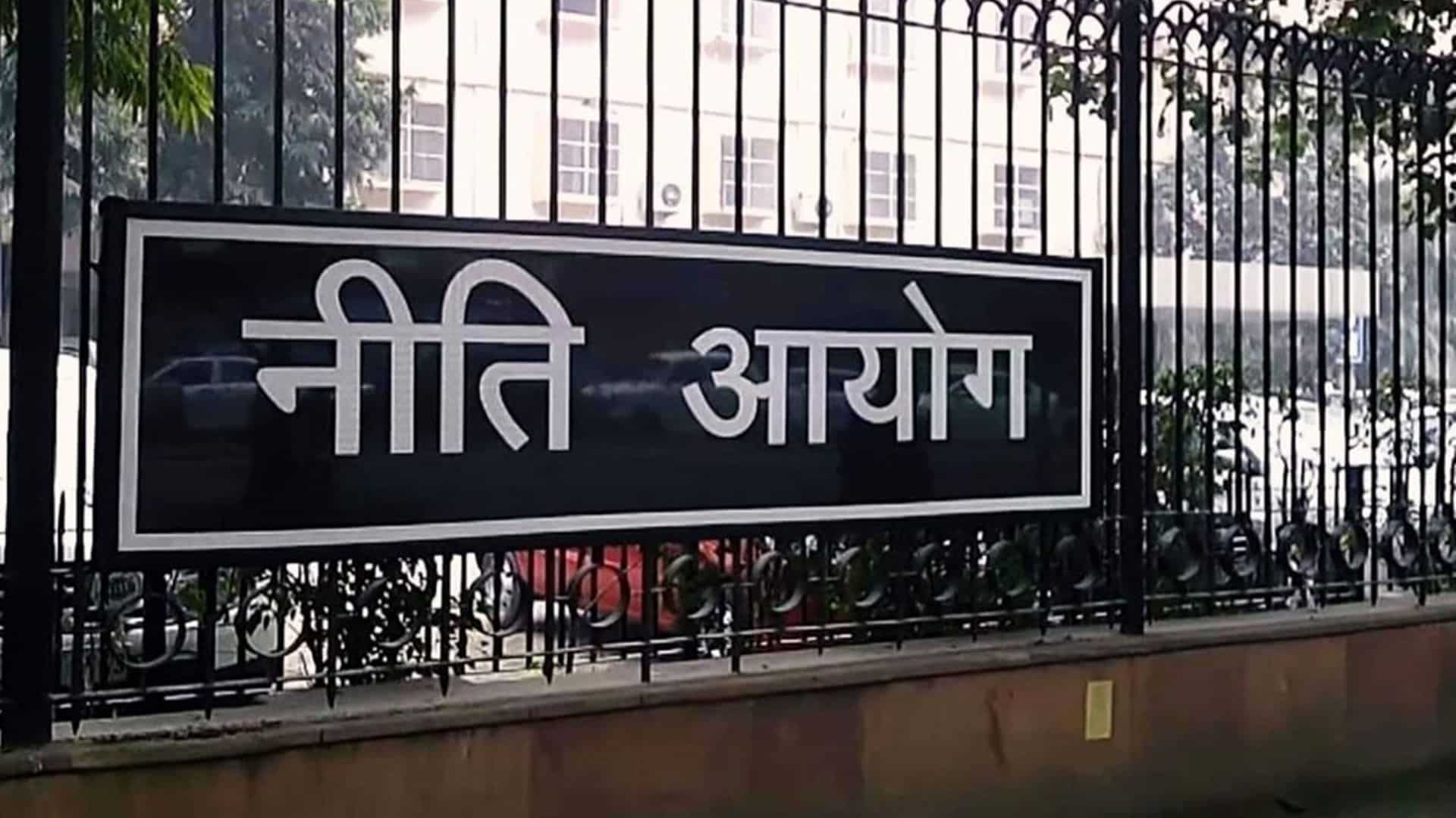Electric Vehicle
NITI Aayog releases draft battery swapping policy
Government’s think tank NITI Aayog on Thursday released the draft Battery Swapping Policy and invited comments and suggestions from all the stakeholders. Considering the constraint of space in urban areas for setting up charging stations at scale, the government in the union budger 2022-23 had announced that it will be introducing Battery Swapping policy and interoperability standards in order to improve efficiency in the EV Ecosystem.
Battery swapping is widely seen as an alternative which involves exchanging discharged batteries for charged ones. Battery Swapping de-links the vehicle and fuel (Battery in this case) and hence reduces the upfront cost of the vehicles. Battery swapping is popularly used for smaller vehicles such as 2 and 3 wheelers which have smaller batteries that are easier to swap compared to other automotive segments wherein the same can be implemented mechanically. Battery swapping offers three key advantages relative to charging: it is time, space, and cost efficient, provided each swappable battery is actively used. Further, Battery Swapping provides level playing field to innovative and sustainable business models such as ‘Battery As a Service’.
In this regard, NITI Aayog held an inter-ministerial discussion to formulate a robust and comprehensive Battery Swapping policy framework in February 2022. NITI Aayog also held an extensive pre-draft stakeholder discussion with a wide spectrum of stakeholders representing Battery Swapping Operators, Battery Manufacturers, Vehicle OEMs, Financial Institutions, CSOs, Think Tanks and other experts.
Also Read: Everstage raises USD13 million Series A from Elevation Capital
India’s e-mobility revolution is led by the two-wheeler (2W) and three-wheeler (3W) vehicle segments. 2Ws account for 70-80% of all private vehicles, whereas 3Ws play a critical role for last mile connectivity in cities.











































